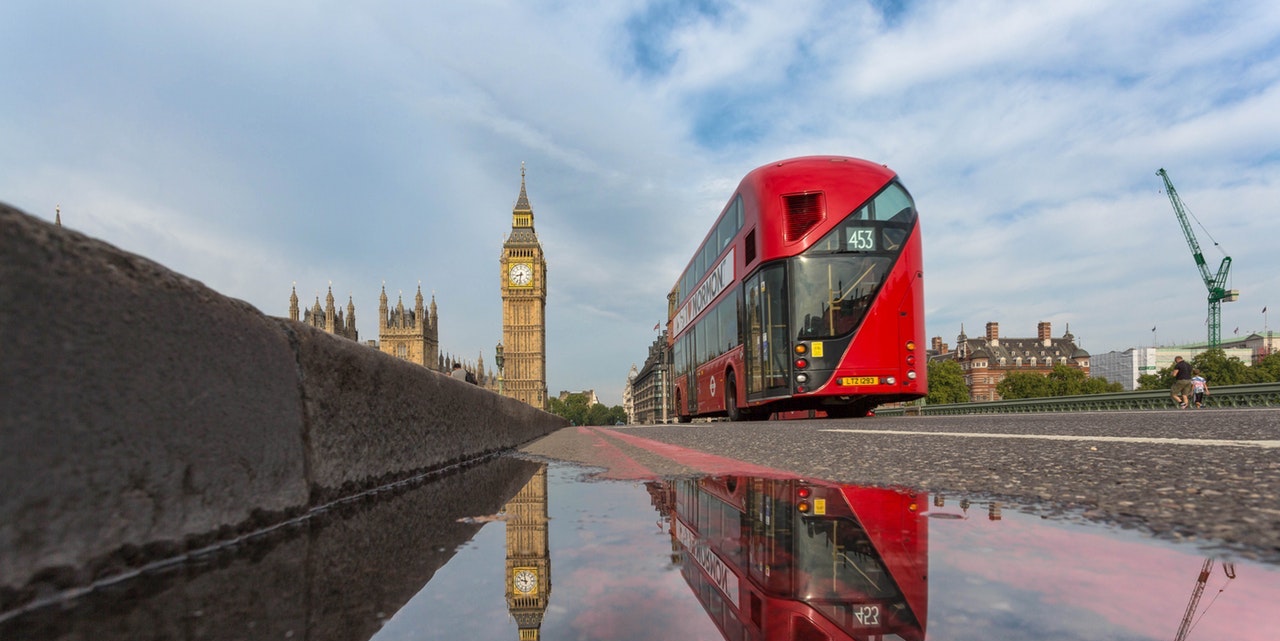Highlights
- Marriage is disappearing in Britain and will likely all but fizzle out sometime in the second half of this century. Post This
- Civil partnerships have flopped in spectacular fashion. Couples in a civil partnership account for less than half of 1% of all marriages and civil partnerships in the UK. Post This
- In the UK, 2021 was the first year on record that more babies were born to cohabiting couples than married couples. Post This
Marriage is disappearing in Britain and will likely all but fizzle out sometime in the second half of this century. It’s a social revolution that has recently been charted by the census published this year and covering 10 years of social trends in Britain. The census confirms the trend away from marriage that UK-based researchers, such as Harry Benson, have been aware of for some time.
Last year Civitas, the think tank where I lead research on children and families, analyzed marriage trends over a 50-year period and continued the trend line to discover that marriage will all but disappear by 2062. Our research suggests that in 2062, one couple will get married for every 400 adults in the UK (0.52% of the population over 16) compared to one couple for every 100 adults today—a drop of more than 70% in two generations. That represents just 67,000 couples who will wed in 2062, compared to 213,000 couples in 2019.
The UK census confirms this. Marriage is down: compared to 1991, adults in 2021 are 44% more likely to have never been married.
In 2021, 46.9% of individuals in England and Wales were married, down from 49.4% in 2011. In 1991, about 37% of women aged 20-39 were in a category called "never married;" this rose to 58.6% in 2011 and 65.7% by 2021.
Cohabiting is up among all age groups under 85. Couples ages 25 to 34 who live together were 27% more likely to be cohabiting in 2021 than in 2011. These are the years when couples might be expected to start a family. The likelihood is that family will begin outside of any public statement of commitment.
Like many other countries, we have responded to criticism that marriage is old fashioned and passed its sell-by-date by creating a new type of marriage called a "civil partnership." But the UK census shows that civil partnerships have flopped in spectacular fashion. Couples in a civil partnership account for less than half of 1% (0.45%) of all marriages and civil partnerships. The same is true of same-sex marriage, a more recent reform that dominated political debate at the time only for the latest census to show same-sex marriages make up 0.6% of all marriages. There is regrettably little public discussion about the other 99.4% of marriages.
As ever with modern Britain, looking at the country as a whole hides important differences by ethnicity and religion; the demography of Britain is quickly changing and trends in marriage reflect this too. Christian, Jewish, Muslim, Hindu, and Sikh individuals (the five largest religions in the UK) are 24% more likely to be married and 21% less likely to be divorced than those who say they have no religion. The census also charts a stark increase in Brits without religion, up by a quarter since the last census in 2011.
Just over a quarter (27%) of Black Caribbeans are married. Conversely, 43.5% of White British individuals and over 60% of Pakistani, Indian, and Bangladeshi individuals are married. Bangladeshis are 45% more likely to be married than are White British and 71% more likely to be married than those who are Black Caribbean. While Britain as a whole is turning away from marriage; the decline is not evenly spread.
There are big geographical differences, too, with lone parenthood highest in London—over 40% of families with children in the London Boroughs of Southwark, Lambeth, and Islington are lone-parent families. In areas such as Guildford, St Albans, and Wokingham, less than 17% of families with children are lone-parent families. For readers unfamiliar with the geography of Britain, the difference here is income and ethnicity: the three London Boroughs that top the league of lone-parent families are ethnically mixed and generally poorer than the three affluent and mostly white English towns at the bottom of the league. Britain’s leading marriage organization, the Marriage Foundation, has long pointed to a growing "marriage gap" between the rich and poor.
Every year, the UK Office for National Statistics, the gold standard of national data, charts the decline of marriage in Britain. And 2021 was the first year on record that more babies were born to unmarried, cohabiting couples than to married couples as cohabitation becomes the norm. The latest set of ONS statistics for marriage rates shows they are at their lowest level ever. Next year will be the same.
Policymakers can’t even give away the money set aside to support marriage in Britain. The UK treasury has underspent on the Marriage Allowance, a meagre tax rebate for mid to low income married couples, every year since it’s inception in 2013. Marriage is a political taboo in Westminster; few politicians will speak up for the most stable family type we have. We badly need a rescue plan for marriage in Britain, and the first step will be policymakers recognizing we have a problem.
Frank Young is editorial director at the Civitas think tank in the UK.









